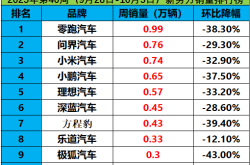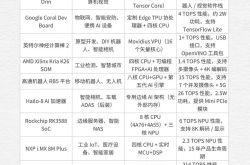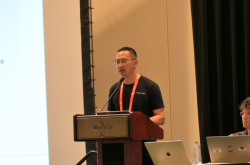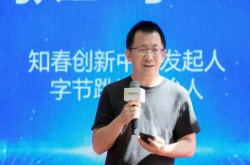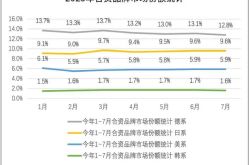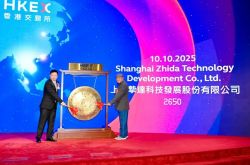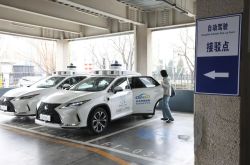Xpeng Replaces Intelligent Driving Head, NIO Undergoes Major Team Reshuffle: Strategies Diverge
![]() 10/11 2025
10/11 2025
![]() 565
565
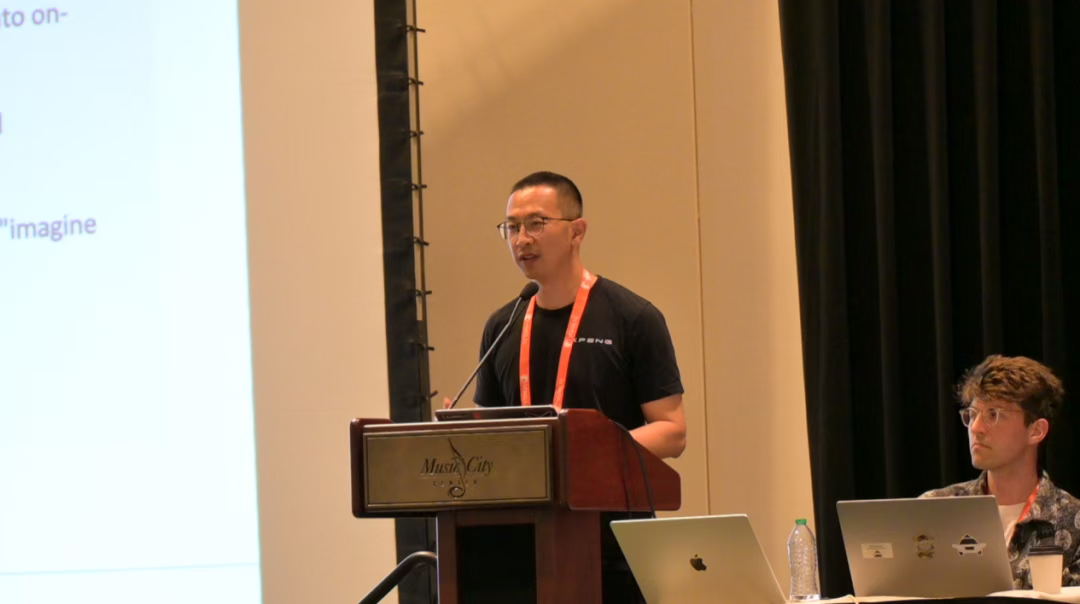
Diverse Strategies Vie for Supremacy
Author: Wang Lei
Editor: Qin Zhangyong
The landscape of intelligent driving is witnessing a significant clash.
Shortly after the holiday break, Xpeng officially announced in an internal memo that Li Liyun, the former head of intelligent driving, would step down as the leader of the Autonomous Driving Center. Liu Xianming, the head of the global foundation model, will succeed him.
Liu Xianming will now assume the role of organizational leader for Xpeng's Autonomous Driving Center, taking full charge of the center's business and organizational management, and reporting directly to He Xiaopeng.
Regarding Li Liyun's departure from the top intelligent driving post, Xpeng stated that he would take a temporary leave due to health concerns.
Around the same time, NIO's intelligent driving team also experienced significant personnel changes, with several key executives in intelligent driving leaving in succession. These include Ma Ningning, the head of NIO's global model; Huang Xin, the head of NIO's intelligent driving products; Zheng Ke, the head of NIO's intelligent driving project management department; and Wu Zhao, the head of NIO's intelligent driving end-side deployment AI engine department.
NIO responded, stating that these changes represent an active organizational adjustment aimed at facilitating NIO's full-throttle sprint towards the development and delivery of Global Model 2.0.
Behind the various upheavals among the new-force players lies the continuous evolution of technical routes as they strive to secure a place in the final intelligent driving landscape. The competition is intensifying.
01 A "Newcomer" Steps In
According to Xpeng's internal announcement, Dr. Liu Xianming has taken over as the head of the autonomous driving business from Li Liyun.
Prior to this, there was limited information available about Liu Xianming. His most recent public appearance was in June of this year.
At the global computer vision conference CVPR held in Nashville, USA, Xpeng, as the sole invited large-scale mass-production automaker, shared its research and development progress on autonomous driving foundation models. Liu Xianming served as the technical speaker.
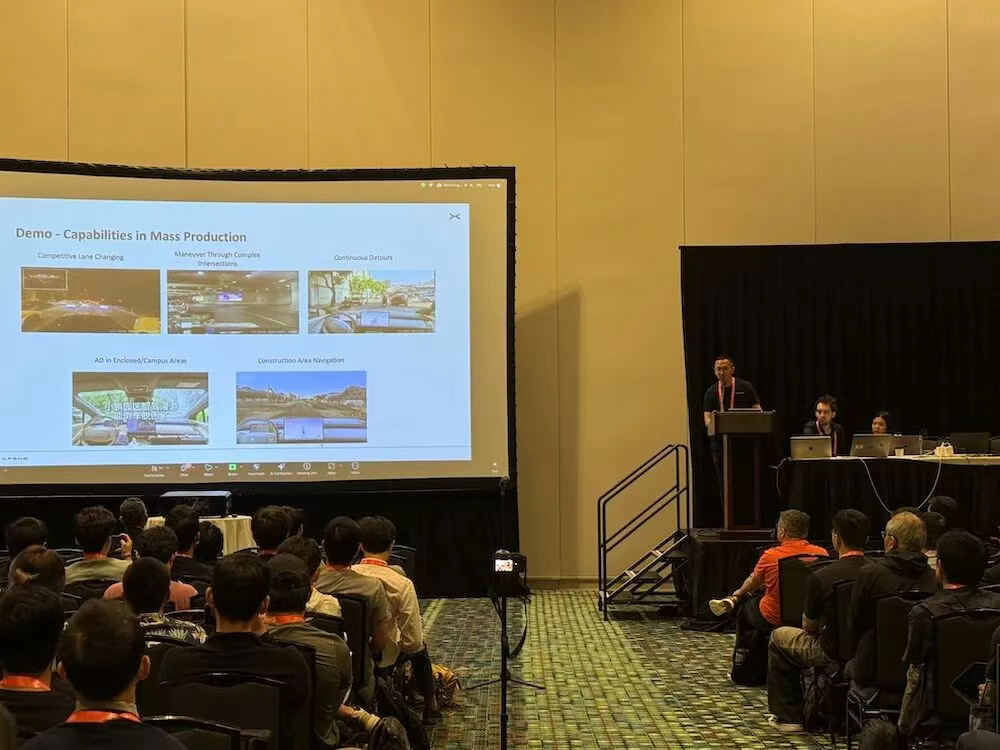
This marked just over a year since Liu Xianming joined Xpeng. Indeed, Liu Xianming, now the head of the Autonomous Driving Center, can be considered a true "newcomer."
Rather than being a complete newcomer, he could be viewed as an "external recruit." Public records indicate that Liu Xianming earned his Ph.D. in Electrical and Computer Engineering from the University of Illinois at Urbana-Champaign in 2016. He has worked at Facebook and Cruise, focusing on machine learning and computer vision.
In March 2024, Liu Xianming joined Xpeng as the head of the Xpeng AI team. At the CVPR conference in June, he delivered a keynote speech titled "Scaling up Autonomous Driving via Large Foundation Models" as the head of Xpeng's global foundation model.

According to Late Auto, He Xiaopeng has recently engaged in frequent in-depth discussions with Liu Xianming on autonomous driving large models. Prior to this personnel change, Liu had already been reporting directly to He Xiaopeng.
More crucially, informed sources revealed that Liu Xianming's previous AI research at Xpeng has simultaneously provided necessary software support for the chip and embodied AI teams.
In other words, within just over a year of joining Xpeng, he has already been able to "support" the chip and embodied AI teams, demonstrating his strong professional capabilities.
Following this promotion, Liu Xianming will take full responsibility for the business and organizational management of the Autonomous Driving Center, reporting directly to He Xiaopeng, the Chairman and CEO of Xpeng.
Thus far, Xpeng's autonomous driving business has undergone three leadership changes in five years.
After Gu Junli left Xpeng in 2020, Wu Xinzhou took over as the head of Xpeng's autonomous driving. Wu joined in 2019 as the Vice President of Autonomous Driving, fully leading the technical path and implementation of Xpeng's autonomous driving, and building the core team and architecture. He can be considered the soul figure of Xpeng's autonomous driving business.
In August 2023, Wu Xinzhou departed, and Li Liyun, the Senior Director of Autonomous Driving and a "disciple" of Wu, succeeded him as the new head of Xpeng's autonomous driving.
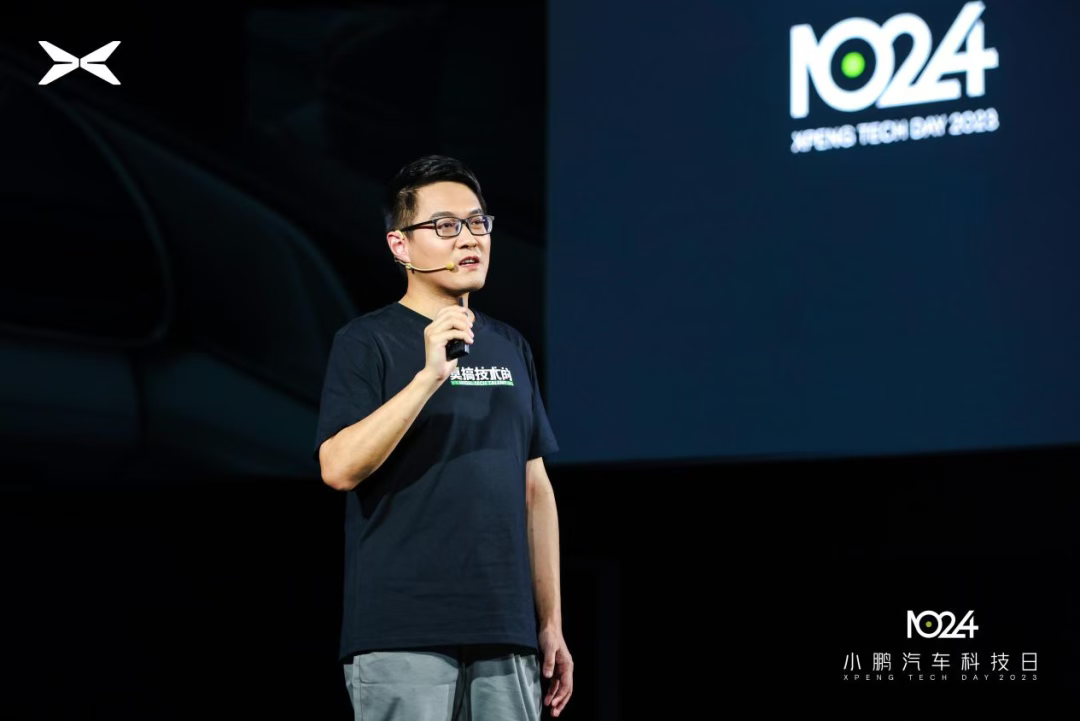
Li Liyun was born on March 19, 1985. He graduated from the Department of Electronic Engineering at Tsinghua University for his undergraduate studies and received his Ph.D. in Computer Science from New York University.
His career has included stints at US telecommunications operator AT&T and the professional social platform LinkedIn. In October 2014, he joined Baidu's Silicon Valley R&D Center as a founding member of Baidu's US self-driving car team. In February 2018, he became an architect at JD.com's Silicon Valley R&D Center X Lab, focusing on unmanned logistics.
In June 2019, he joined Xpeng's intelligent driving R&D team, leading the development of the highway and urban autonomous navigation-assisted driving system (NGP). He served as the software leader for Xpeng's highway NGP and urban NGP, as well as the leader for planning control and simulator directions. In August 2023, he took over as the head of the autonomous driving team and was promoted to Vice President of the company in October 2024.
From a work achievement perspective, after taking over as the head of Xpeng's intelligent driving, he first led the team to implement urban NGP (Navigation Guided Pilot, intelligent navigation-assisted driving) in hundreds of cities across China. Subsequently, he drove Xpeng to achieve the full-scale mass production and launch of the "end-to-end" intelligent driving solution for all driving functions.
In this light, Li Liyun can be seen as having "achieved success and retired." However, considering the timeline from Li Liyun succeeding Wu Xinzhou to Liu Xianming joining Xpeng, Li's mission seemed more like a transitional phase.
Moreover, according to Xpeng's official response, Li Liyun has only stepped down as the head of autonomous driving and remains employed. The official explanation for his departure from the top position is that he will "take a temporary break due to health reasons."
02 Technical Routes Begin to Diverge
In the field of intelligent driving, changes in leadership often signify shifts in strategic routes.
The core signal lies in Xpeng's official response—the autonomous driving VLA large model is merely an application of the global foundation model. The more challenging task is enabling the model to possess the ability to simulate and reason about the world.
Liu Xianming previously emerged in the public eye as the head of the global foundation model. With a background in cutting-edge research in machine learning and computer vision, he is an outstanding technical expert in the fields of artificial intelligence and autonomous driving.
Xpeng has also stated that Liu Xianming will lead the team to accelerate the comprehensive application of Xpeng's physical world foundation large model in the AI automotive sector, expanding the intergenerational leading advantage in intelligent driving assistance.
Since Xpeng proposed the "global foundation model" route for intelligent driving assistance in April this year, the term "global foundation model" has been mentioned more frequently in Xpeng's official communications.
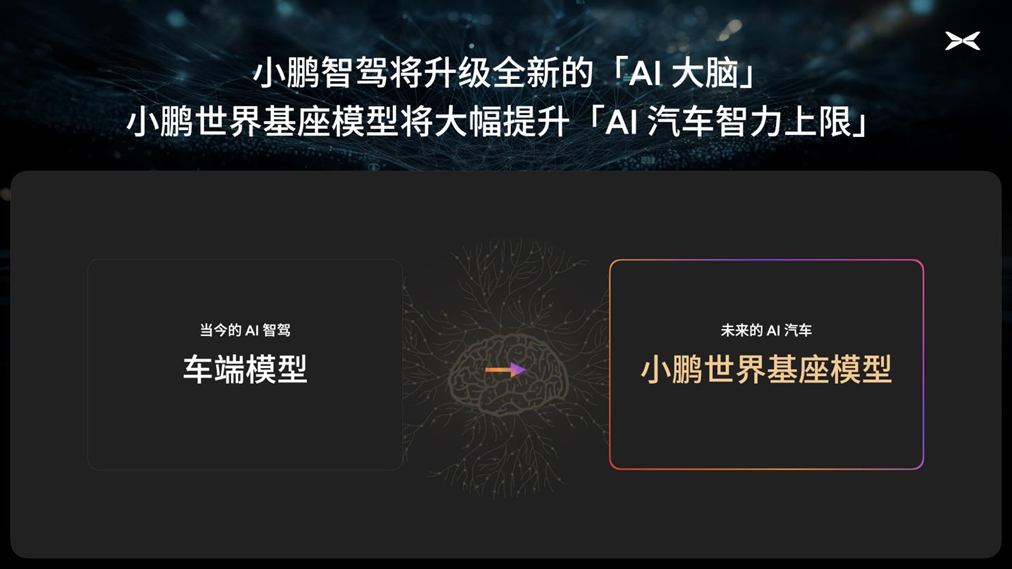
At the CVPR conference in June, Xpeng, as the sole invited Chinese automaker, chose to reveal the technical details of its global foundation model to the public for the first time, highlighting its significance. The company also demonstrated the model's vehicle control capabilities in complex urban environments on the conference grounds.
At that time, the G7 had just been released, and He Xiaopeng had also stated, "Large computing power + physical world large model + big data" will jointly define the upper limits of future AI automotive capabilities. The physical world large model is precisely the autonomous driving foundation model developed by Liu Xianming's team.
This global model boasts a parameter scale of 72 billion (72B), more than 35 times that of the industry's mainstream VLA models. Its training data exceeds 20 million video clips (each 30 seconds long). It possesses visual understanding, chain reasoning (CoT), and action generation capabilities. Through post-training reinforcement learning (RL), it can continuously self-evolve, gradually developing more comprehensive and human-like autonomous driving technologies.
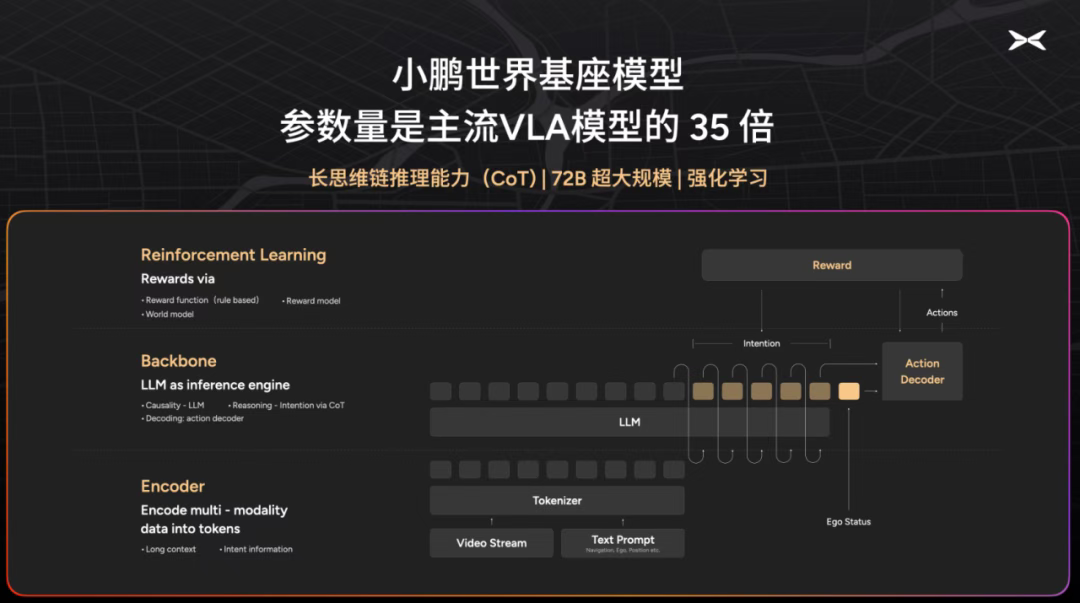
Moreover, during a previous interview, Li Liyun also began to support the global foundation model technical route, stating, "To achieve excellent intelligent driving, we must develop a foundation large model."
"The Xpeng global foundation model is the foundation for Xpeng's autonomous driving to truly advance towards L3 and L4 levels. It will also serve as a universal model for all of Xpeng's future physical AI terminals." Subsequently, the Xpeng global foundation model will comprehensively empower Xpeng's entire AI system spectrum, finding applications in Xpeng's AI cars, AI robots, and flying cars.
However, Xpeng was previously one of the few automakers that publicly supported the VLA technical route in public settings. Now, on the eve of widespread autonomous driving adoption, when technology should be converging, a divergence has emerged.
Currently, the mainstream autonomous driving technical routes in the industry are primarily divided into two factions: VLA (Vision-Language-Action) and Global Model (Global Model + Action) architectures. Previously, the main proponents of the VLA technical route were Li Auto and Xpeng, while the representatives of the global model route were Huawei and NIO.
Each faction touts its own merits. VLA advocates believe it is the optimal solution for achieving autonomous driving, while those in the global model camp view VLA as a somewhat "opportunistic" approach.
Under these technological divergences, a new round of "arms races" in intelligent driving seems to be taking shape.
Not only has Xpeng's intelligent driving team undergone changes, but less than a day apart, NIO was also reported to have adjusted its intelligent driving team. Key technical personnel, including Ma Ningning, the head of NIO's global model; Huang Xin, the head of NIO's intelligent driving products; Zheng Ke, the head of NIO's intelligent driving project management department; and Wu Zhao, the head of NIO's intelligent driving end-side deployment AI engine department, have successively left.
However, NIO has also responded, stating that it is an active adjustment of the intelligent driving department's organizational structure. By constructing a "4×100 relay" model of pre-research, mass production, platform replication, and model replication, the intelligent driving organization will be aligned with the general artificial intelligence organization to strengthen the absorption of general artificial intelligence technologies and the delivery efficiency of intelligent driving experiences.
Earlier, Li Auto's autonomous driving team was also reported to have undergone personnel adjustments. Lang Xianpeng, the head of Li Auto's autonomous driving R&D, sent an internal letter last month announcing the split of Li Auto's intelligent driving team into 11 secondary departments to promote AI large model R&D with a flatter organizational structure.
It seems that a series of personnel changes and technological migrations are key signals indicating that various companies are preparing to shift their focus to the deep waters of autonomous driving. Which route will go further remains to be seen based on subsequent implementation performance.

